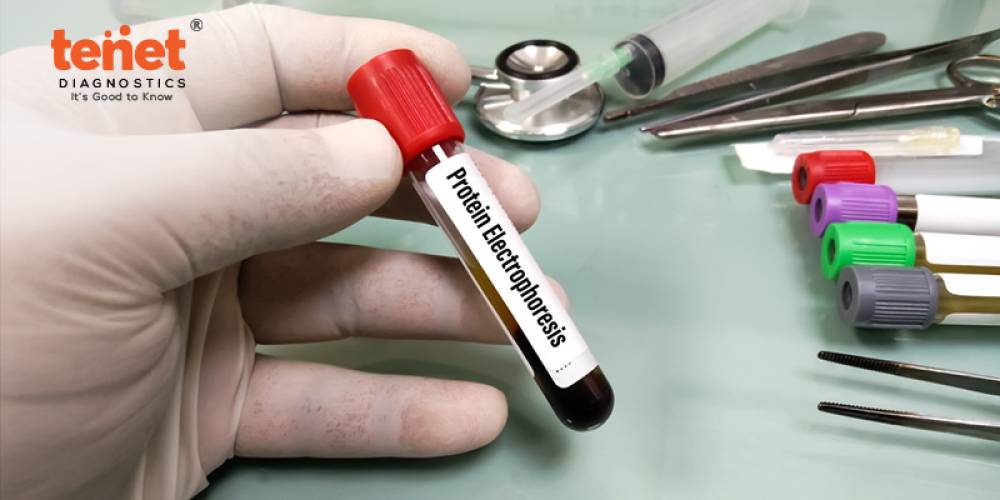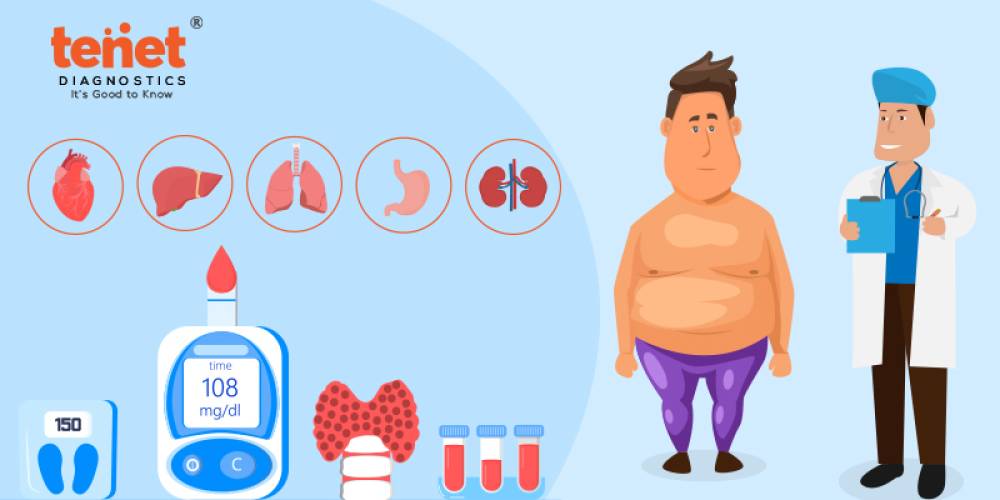A Complete Blood Picture (CBP) test is a collection of tests that give information about red blood cells (RBC), white blood cells (WBC), and platelets in the blood. It is done regularly to get a sense of a patient's overall health.
Nowadays, CBP tests can be accessed without hassle, and excellent CBP blood test prices make it more convenient for regular health tests and checkups.
What is CBP in Blood Tests?
Complete Blood Picture (CBP) is a regular screening test used for early detection or diagnosis when indications and symptoms are connected to various disorders and diseases affecting the blood cells. This is especially important when infection, inflammation, bleeding disorder, leukemia, or anemia are suspected due to lifestyle or genetic factors.
A Complete Blood Count (CBC) determines how many different cells are present in the blood. It also includes some useful data on other parameters related to the type of blood cell.
CBP and CBC are like the above definitions, but the only difference is that a CBP or hemogram gives you the total WBC and RBC, and Platelets. If you are bleeding or anemic, that is all you need.
A Complete Blood Picture (CBP) detects a variety of components in a person's blood, including:
Red Blood Cells (RBC)
Our cardiovascular system comprises red blood cells, which distribute nutrients and oxygen throughout the body. Hemoglobin transports oxygen molecules. CBP test can assess RBC count, Hemoglobin, ESR (Erythrocyte Sedimentation Rate), PCV, MCV, MCH, and MCHC.
White Blood Cells (WBC)
WBCs help in fighting against infections. Different types of white blood cells aid in diagnosing and treating many illnesses and diseases. For example, neutrophils aid in detecting bacterial infections, eosinophils aid in seeing allergic reactions, and lymphocytes aid in evaluating viral infections. CBP test detects the total WBC count, DC, which carries oxygen
Platelets
In short, platelets assist in blood clotting. Platelets are portions of giant cells called megakaryocytes that produce bleeding in the event of an injury or infection. Platelet aggregation is the clump of blood cells forming at the bleeding site. Platelets are responsible for stopping blood flow in an accident or illness. CBP test measures Platelet count, MPV, BT, and CT (Computer Tomography).
A Complete Blood Picture (CBP) showing abnormal increases or declines in cell counts may indicate an underlying medical problem that needs further review.
Why is CBP Blood Test done?
A CBP is a standard blood test, and it can be advised for several reasons. Here are a few reasons for the CBP test.
Review Overall Health
The doctor may order this test for a variety of reasons. It could be used as part of a routine checkup or screening or as a follow-up test to track the effectiveness of treatments.
To Diagnose a Medical Condition
A Complete Blood Picture (CBP) may be used to determine the cause of specific symptoms. If you are suffering from weakness, exhaustion, fever, inflammation, bruising, or bleeding, your doctor may recommend a complete blood count. If your doctor suspects an infection, the test can confirm the diagnosis.
To Monitor a Medical Condition
The doctor may recommend a Complete Blood Picture (CBP) to check the medical state if the patient has been diagnosed with a blood problem that affects their blood cell count. A low red blood cell count or hemoglobin level may indicate anemia, which various factors cause. Bone marrow infection or low blood oxygen levels are two reasons for a high red blood cell count or hemoglobin.
Helps to understand Medical Treatment
The doctor can propose a complete blood test to inspect the patient's health if they take some specific medications that can affect the blood count. For Example, Prolonged bleeding or other medical problems that influence platelet synthesis in the bone marrow may be caused by a low platelet count (thrombocytopenia). On the other hand, a high platelet count (thrombocytosis) may indicate a bone marrow issue or significant inflammation.
How to Prepare for the CBP test?
You can eat and normally drink before the test if your blood sample is being checked for a complete blood count. You may need to fast for a particular period before the test if your blood sample is used for another test. Further information and instructions are given by your physician.
The Test Procedure of a CBP Test
A nurse or technician typically performs a blood test at a laboratory or doctor's office. The whole procedure can be done within a few minutes.
• Cleans the region on your arm from where they will draw blood.
• Asks you to form a fist while wearing a rubber band around your upper arm to help show off your veins.
• Gently insert a needle connected to a tube into a vein to draw blood.
• When the collection is finished, remove the needle from the skin and the rubber band from your arm.
• Uses a bandage or clean cotton and medical tape to cover the drawing spot.
Some risks with the CBP test are slight pain, fainting from blood loss, and vein puncture.
What to Expect from a CBP Blood Test Report?
You can expect a CBP blood test report within hours of blood draw. There are two main parts of the blood cells and plasma. The complete blood count procedure test (CBP) contains the following components with typical values in adults. The CBP blood test normal range is
Red blood cells (RBCs)
Male: 4.35 – 5.65 trillion cells/L
Female: 3.92 – 5.13 trillion cells/L
White blood cells (WBCs)
Male: 5 – 10 per microliter
Female: 4.5 – 11 per microliter
Hemoglobin
Male: 132 – 166 g/L
Female: 116 – 150 g/L
Platelets
Male: 135 – 317 billion /L
Female: 157 – 371 billions/L
There is no need for medical involvement if the results are in the normal range.
Suppose the red blood cells and hemoglobin levels are below average. It could indicate anemia, such as iron deficiency anemia, sickle cell anemia, or another anemia. Low levels can also be caused by iron, vitamin B-12, folic acid deficiency, recent blood donations, heavy, prolonged menstrual bleeding, and other factors.
If your white blood cell count is lower than usual, it could signify an autoimmune disease, bone marrow issues, or cancer. It may indicate bacterial illnesses such as tuberculosis, viral infections, and fungal if it is higher above the usual range.
Lower than the normal levels of platelet count are known as thrombocytopenia. Medical illnesses like leukemia (a kind of blood malignancy), aplastic anemia, viral infections, some autoimmune disorders, splenomegaly, liver cirrhosis, kidney dysfunction, and others can cause this.
Final Word
A Complete Blood Picture (CBP) test is the most common test for a quick screenshot of your overall health. Results out of the normal range may or may not require follow-up, depending on why your doctor advised this test. But if you are experiencing severe symptoms, your doctor may need to combine the results of a CBP with the results of other blood tests for an accurate diagnosis. Your doctor may send you to a hematologist who specializes in blood problems if your results feature normal ranges.







